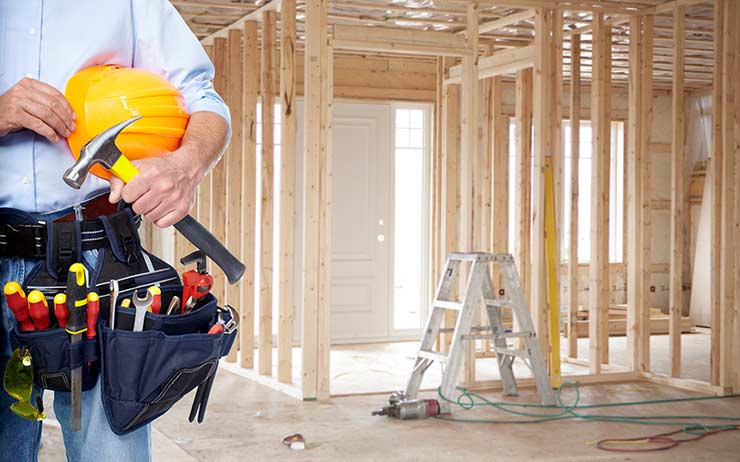While we are not legal experts, and advise anyone negotiating a lease to seek legal counsel, as commercial builders – we’ve completed our fair share of tenant improvements. If improvements are needed to turn a space you’d like to lease into a space you can actually use, here are some things to know going into negotiations.
Every Dollar Spent Is Amortized Over Term of the Lease
For some tenants, it will cost a lot of money to make a space suitable for their business. For instance, a high-end restaurant will likely need some pricey kitchen equipment and very nice interior finishes before it can welcome and serve customers. Depending on the location, such buildouts could be upwards of $100 per square foot. At that cost per square foot, a 2,000 square foot restaurant will require $200,000 or more to ready the space for opening.
This money has to be invested upfront and a return on that investment isn’t immediate.
The good news is many landlords are willing to cover a portion of tenant improvement costs as a means of luring prospective tenants to their building. Tenants can often negotiate for a landlord to cover a good portion of the money needed upfront.
In certain cases, the landlord can also act as a bank; essentially issuing a loan to the tenant that the tenant pays back monthly over time with their rent payment.
Whether it’s the tenant or landlord fronting the money, repayment is typically amortized into rent. What this means is every dollar you or your landlord spend is amortized over the lease’s term.
If the tenant fronts the $200,000, and signs a five-year lease, theoretically, 40,000 of that investment should be repaid each year.
If the landlord loans out a TIA of $200,000, they’ll expect $40,000 more in rent each year. There may sometimes be interest tacked onto this.
From a landlord’s perspective, there are two primary reasons they may desire an amortized TI loan. First and foremost, this move is likely to attract more tenants. A tenant lacking the capital to cover the high upfront costs on their own will view the landlord’s TIA loan favorably.
Second, there’s always the risk of a tenant running out of money while funding a high-cost buildout themselves. If a tenant lacks liquidity, needs to finish out the space for income, or runs out savings/SBA financing, bankruptcy is a real possibility. If that happens, the landlord is left with a half built-out space that they’ll likely have to redo for another tenant’s use.
This is why funding tenant improvements themselves actually reduces landlord risk. It helps assure the tenant buildout is completed. This way they can open doors to customers and start making money to pay back the TIA.
Determine Who the Improvements Benefit Most
Are improvements to the space valuable to future occupants or just the tenant in need of the build-out? Landlords are typically more willing to “front” the money if improvements will make the space more appealing to other possible tenants. New Doors, walls, windows, bathrooms, electrical wiring or outlets, and HVAC components should be desirable to any potential tenant. This makes this a more justifiable expenditure for the landlord to move forward with.
At the same time, tenants need to be cautious that they’re only paying for improvements to the space they’re leasing, not the building itself.
Tenant Improvements Are Just Like Other Lease Conditions, They’re Up for Negotiation
When you lease a commercial space, there are many things to iron out during lease negotiations. The monthly rent and length of the lease will be negotiated as will who is responsible for utility bills, maintaining common areas, and other things. Who is going to foot the bill for tenant improvements is just another matter to bring to the negotiating table. Do whatever’s possible to negotiate a fair and workable deal. Find out what’s reasonable. Take some time prior to lease negotiations to familiarize yourself with the local commercial real estate market, the landlord you’ll be working with, and what’s normal for businesses similar to yours.

